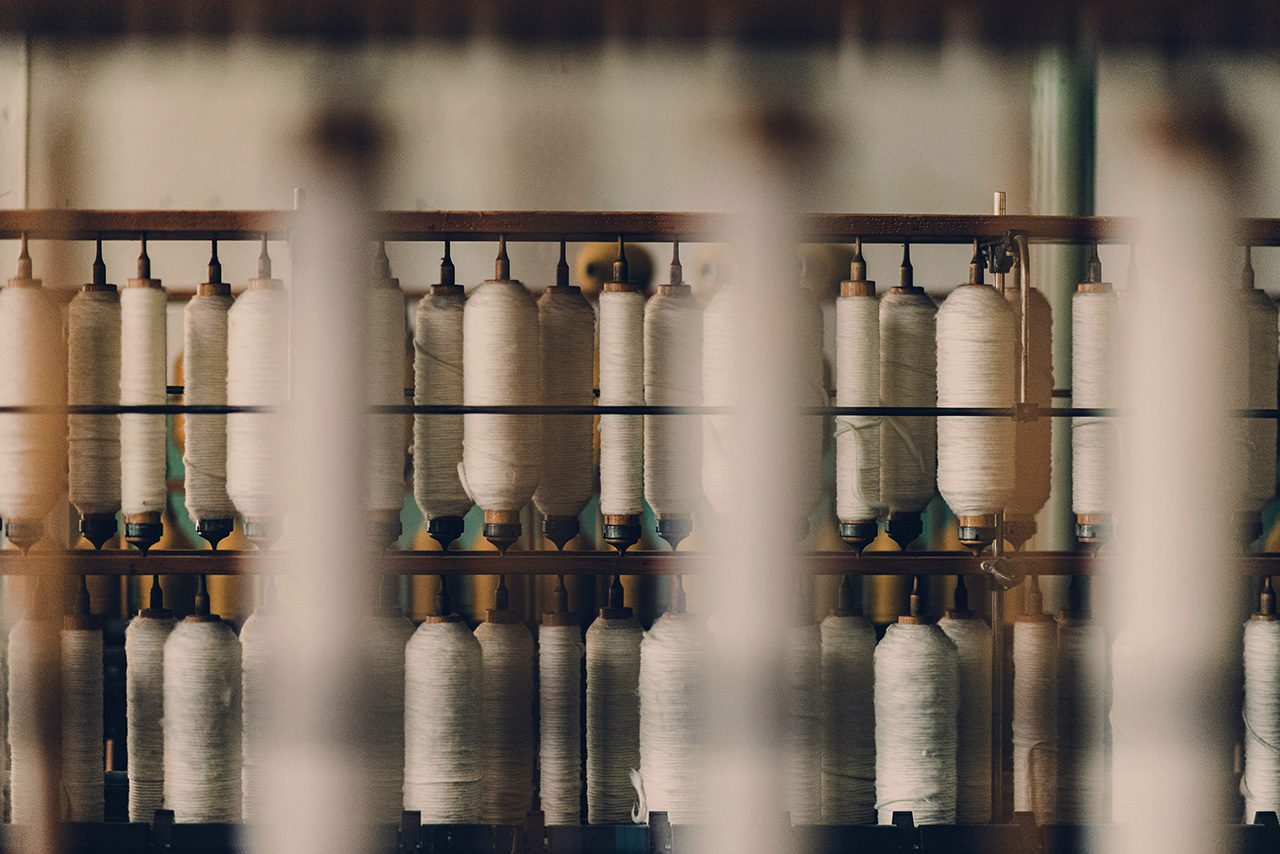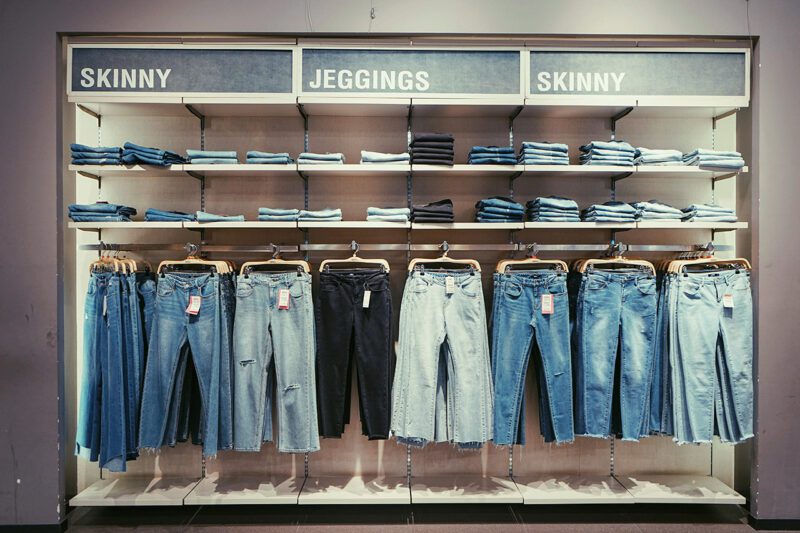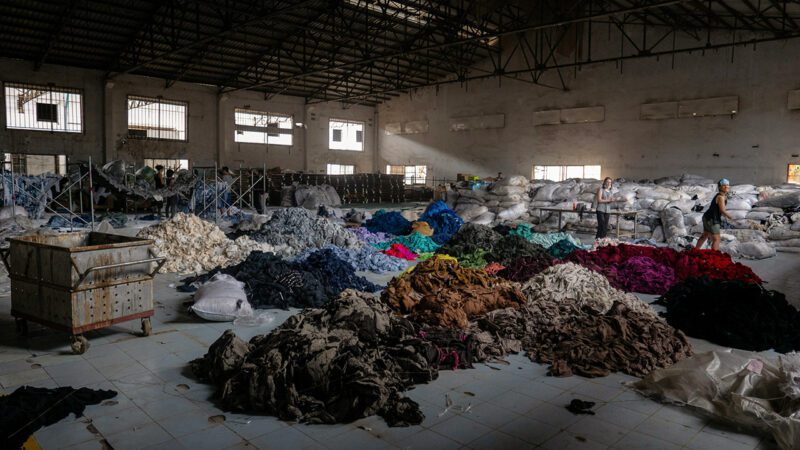Sovereign Seeds: Reclaiming MENA’s Agricultural Future
Reviving local food systems and unlocking rural prosperity
Navigating the path to a responsible fashion industry

The fast fashion industry has grown exponentially over the past few decades, making it easier and cheaper for consumers to access trendy clothing. However, this convenience comes at a high social and environmental cost, creating significant challenges to achieving the United Nations Sustainable Development Goals (SDGs). Fast fashion’s business model — based on mass production, low prices, and rapid consumption — relies on unsustainable practices that harm the planet and exploit vulnerable workers. Yet, amid these challenges, there are emerging solutions and a growing movement toward more ethical fashion.
At the heart of the fast fashion dilemma lies the exploitation of labor. Big companies have faced repeated criticism over working conditions in their supply chains. In fact, workers in developing countries, where many garments are produced, are often subjected to unsafe working environments and long hours for minimal pay. For example, brands like Shein, a leading fast fashion company, have recently come under scrutiny for revealing that their workers earn as little as 13 cents per garment while working 30 days a month. This example is far from isolated, as many brands in the fast fashion industry rely on low-wage labor in developing countries, where workers are often subjected to unsafe working conditions, long hours, and minimal pay. These practices not only violate Human Rights but also hinder efforts to promote decent work and economic growth, as outlined in SDG 8. The industry’s relentless drive to lower production costs results in workers being denied fair wages and opportunities for upward mobility, perpetuating cycles of poverty.

Alongside these human rights issues, the environmental consequences of fast fashion are immense. The production of cheap garments often relies on synthetic fibers, which contribute to pollution and waste. Furthermore, the industry’s demand for constant production leads to excessive water use, toxic dyeing processes, and an unsustainable disposal culture where clothes are quickly discarded, contributing to textile waste. With the fashion industry being one of the largest polluting sectors in the world, its impact on SDG 12 (Responsible Consumption and Production) and SDG 13 (Climate Action) is undeniable. In fact, the fast fashion industry is responsible for approximately 10% of global carbon emissions, making it one of the leading contributors to climate change. The cycle of overproduction and overconsumption, fueled by the fast fashion model, exacerbates the global waste crisis and climate change.

In response to these challenges, regulatory efforts are emerging to drive change. The European Union’s Strategy for Sustainable and Circular Textiles, introduced in 2022, aims to ensure that by 2030, all textile products sold in Europe are durable, recyclable, made from recycled fibers, and produced ethically and sustainably. This initiative is part of the EU’s broader Circular Economy Action Plan and seeks to address issues such as greenwashing, textile waste, and unfair labor practices. By holding brands accountable and encouraging sustainable production, this strategy is a significant step toward aligning the fashion industry with the SDGs.
The fast fashion industry is responsible for approximately 10% of global carbon emissions, making it one of the leading contributors to climate change.
Yet, while fast fashion presents substantial challenges, it also highlights the need for alternative approaches that prioritize both environmental and social responsibility. For consumers, particularly those in middle and lower-income brackets, affordable access to clothing that aligns with ethical and sustainable values remains a significant barrier. Fast fashion brands often target these consumers with their low prices, making it difficult for them to choose more sustainable options without sacrificing their budgets. However, initiatives like TALA, the sustainable fashion brand founded by Grace Beverley, offer a promising solution. TALA uses recycled materials and produces high-quality, durable clothing that challenges the fast fashion model while providing consumers with accessible alternatives in the fitness sector. Similarly, Patagonia, known for its commitment to environmental sustainability, actively promotes circular fashion through repair programs and responsible material sourcing. Another example is Nude Project, an emerging European brand that focuses on ethical production and high-quality, long-lasting streetwear, proving that fashion can be both trendy and responsible.

However, transforming the fashion industry requires more than just alternative brands. All companies must take responsibility for their impact and shift toward more sustainable practices across the entire supply chain. This involves not only adopting eco-friendly materials and production processes, but also ensuring fair wages and safe working conditions for workers. There is a need for greater transparency, traceability, and accountability across the fashion supply chain to address these deep-rooted issues. Governments and policymakers also have a vital role to play. Legislation to regulate labor conditions, encourage circular fashion models, and tackle textile waste is essential. Public-private partnerships can foster innovation, enabling companies to adopt new technologies and practices that align with SDG 12 and SDG 13. By supporting sustainable business practices and responsible consumption, governments can help shift the industry to a model that benefits both people and the planet.

Addressing fast fashion is not just about improving industry standards — it is an urgent necessity for ensuring climate stability, human rights, and long-term resource security. In fact, the textile industry is one of the most polluting sectors globally, consuming vast amounts of water and energy while emitting more greenhouse gases than international flights and maritime shipping combined. If we do not shift to a circular fashion model, we risk worsening climate crises, including extreme weather events, rising sea levels, and biodiversity loss. Also, the fashion industry cannot continue to thrive at the expense of the world’s most vulnerable workers. Addressing unethical labor practices is crucial to breaking cycles of exploitation, ensuring decent work conditions, and creating fair economic opportunities. Ethical fashion is not a privilege — it should be the standard. In fact, the current rate of textile waste is unsustainable. Every second, the equivalent of a garbage truck full of textiles is landfilled or burned. With finite natural resources and growing global populations, we need urgent action to transition to circular systems that reuse, recycle, and minimize waste.
The fashion industry, as it stands, is incompatible with a sustainable future. However, through policy changes, corporate responsibility, consumer awareness, and innovation, it is possible to create a system where fashion is no longer a threat to our planet, our people, and our future. A more sustainable fashion industry is not only an environmental necessity but a fundamental pillar of a just and equitable world.
By embracing innovation, supporting ethical brands, and demanding accountability, we can pave the way for a fashion industry that is truly sustainable, inclusive, and fair for all.
Related Content
Comments
Deep Dives

Featuring
Clarisse Awamengwi
IE Correspondent
July 17 - 12:00 PM EST

Featuring
Russell McLeod
July 24 - 12:00 PM EST
RECENT
Editor's Picks
Webinars
News & Events
Subscribe to our newsletter to receive updates about new Magazine content and upcoming webinars, deep dives, and events.
Become a Premium Member to access the full library of webinars and deep dives, exclusive membership portal, member directory, message board, and curated live chats.
At Impact Entrepreneur, we champion fearless, independent journalism and education, spotlighting the inspiring changemakers building the Impact Economy. Diversity, equity, sustainability, and democracy face unprecedented threats from misinformation, powerful interests, and systemic inequities.
We believe a sustainable and equitable future is possible—but we can't achieve it without your help. Our independent voice depends entirely on support from changemakers like you.
Please step up today. Your donation—no matter the size—ensures we continue delivering impactful journalism and education that push boundaries and hold power accountable.
Join us in protecting what truly matters. It only takes a minute to make a real difference.
0 Comments